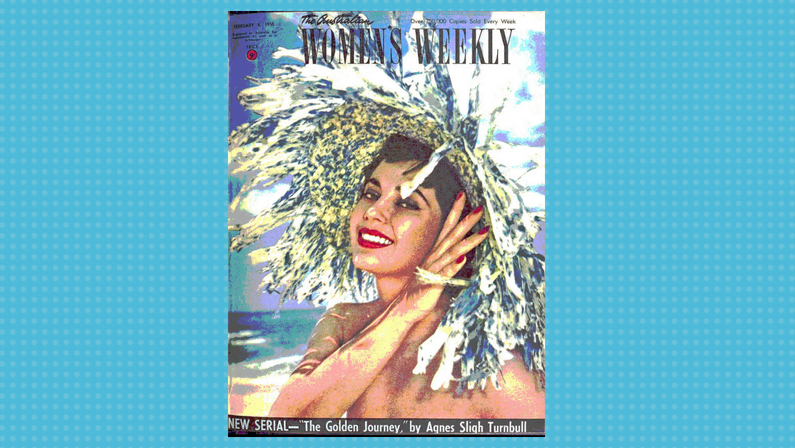6 February 1956
It’s time to salute to a lone voice. The Australian media were mean-spirited about Antarctica. They pushed the line that at some stage there had better be clear financial returns to justify the expense of maintaining a permanent base in such a godforsaken land.
When the Kista left Melbourne, the Right Honourable Richard Casey (the perceptibly tired and emotional Australian Minister for External Affairs) was amongst the crowd of well-wishers gathered to see them on their way. He gave a stirring farewell speech in which he stressed the scientific importance of our Antarctic project. It was essential for Australia to honour our commitment to the International Geophysical Year, he explained.
Harold Campbell, the editor of Melbourne’s broadsheet The Age, covered the Minister’s statesman-like speech like this: “Results Please Mr Casey: Australia Steps Up Antarctic Development”.
So you see what I mean. For the press, Antarctica was a story of minerals and loot.
There was one outstanding exception.
Frank Packer’s full-colour, illustrated magazine, The Australian Women’s Weekly. The reporters at the Weekly loved Antarctica because it was huge and beautiful, because it was a wild frontier, and because the men and women who went there were thrilling and adventurous. Their lead articles were outstanding, both for being informative and for focussing primarily on the scientific significance of the Australian National Antarctic Research Expedition.
The Weekly ran some wonderful features on some of the real heroes of Antarctica.
The first woman to be featured in an Antarctic story by the Women’s Weekly was Radio Australia’s Jocelyn Terry, and the Weekly was there, too, covering the first Australian woman to visit Mawson, when Phil Law’s stylish, artist wife, Nel, was basically smuggled aboard—against DEA orders—in 1961.
They ran a wonderful double-page spread on the pioneering surveyor Bob Dovers, who I’ll write about in more detail as the year progresses and they featured someone who is aboard with us this year, who I’ve mentioned already, and that’s Harry Ayres. So in the next post, I’ll feature the Weekly’s report on Harry and fill you in a bit, on why we all owe Harry a debt (even if he did take our best dogs to New Zealand).

Reblogged this on XtraMile Tuition Strategies and commented:
History is over-looked a bit these days with such comments as “What is it good for?”; “That was then and this is now!” and “What is the point of learning old stuff?”. Our present is, and will always be built upon our past and the only way to progress forward is not to repeat what has been.
Neither are moments in history always created by great men participating in great moments. The truly fascinating past is created by ordinary people performing their jobs under sometimes extraordinary conditions. I have been following this blog as it describes wonderfully that second style of historic person, the ordinary person doing their job.
We may not all aspire to become great moments in history but it is comforting to know that history records as great moments the ordinary person doing ordinary work under extraordinary conditions. It illustrates the importance of education and commitment to doing a job well.